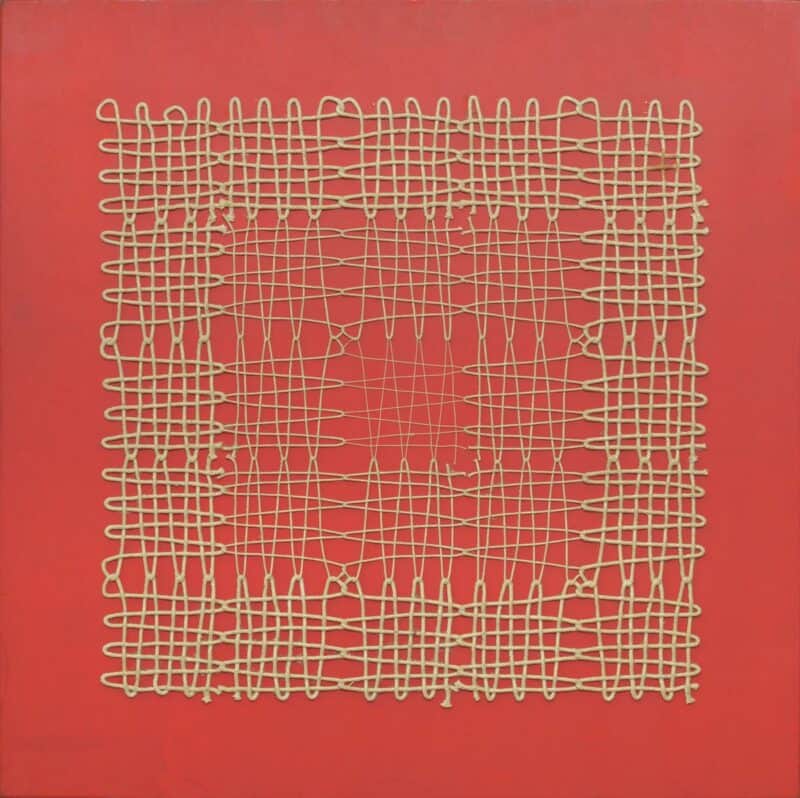
Games such as That Dragon, Cancer, by Numinous, have confounded what we thought videogames could be. Photograph: Numinous Games
A year ago, we opened the National Videogame Arcade (NVA). We made a statement, creating a centre of gravity for the interpretation of games for everyone by opening five floors of permanent space dedicated to them. It’s a home for videogames.
Now, supported by Arts Council England, we’re producing a new conference, Continue, aimed at bringing culture and videogames people together.
Even as I write that last phrase I squirm a bit. Videogames people are culture people, right? Videogames are culture! If anyone doubts this, you can prove it by pointing to the recent repositioning of them within the navigation of this very website.
The rise of videogames over the past 40 years has been as unstoppable and exciting as it has been confusing and chaotic. They can be potent and remarkable new modes of expression, as well as harmful intoxicants of our children.
This remarkable new artform – the offspring of pretty much every media form that preceded it – has found its way into almost every part of our lives. For a form that’s so ubiquitous, progressive and so loved by many, it seems extraordinary that we still need to make a case for videogames as a key part of modern culture.
And yet, few cultural institutions have a policy to address or support them.
Is it a resistance to the very idea of games as culture?
Of course, for anyone who is immersed in the fringes of contemporary videogames practice, it seems ludicrous to be even flagging this as an issue. Artists/developers are reinventing what we thought games can be with increasing regularity, pushing them toward new kinds of expression, theme and intention.
The work of Tale of Tales, Stephen Lavelle, Jason Rohrer and Numinous Games have all recently confounded what we thought games could be. Curators such as Matheson Marcault and David Hayward have pushed forward public awareness of this work with their innovative conference and festival platforms.
As well as the NVA, heritage institutions have started to find great success and engagement in the development of videogames as an intrinsic part of their interpretation strategy, not simply as marketing widgets. The American Museum of Natural History, in particular, has been pioneering this in its brilliant companion apps.
So, why should we even bother? Why do the culture and games establishments even need to talk to each other? There are many answers, but the most compelling is the simplest – survival.
I was recently in an arts strategy meeting where an international consultant made the point that the culture sector cannot stand idly by and observe videogames culture growing. Audience expectations are changing in terms of the level of engagement they expect, the stimulation they receive and the terms and schedule under which they can access it. The sector cannot just stand by and observe this, because as the commentator observed, Rome is burning.
Videogames must also grow. The most exciting opportunity for cultural commissioners is to bring the modes and vocabulary of videogames into their world. As with all creative work, it becomes more interesting in direct proportion to the diversity of voices making it. I don’t mean that purely in an inclusive, equality of access kind of way. Fundamentally, more diversity equals less boring. Complex creation equals complex interpretation.
With the conference we’re bringing together leading practitioners from both sectors to stimulate new discussions about collaboration and policy. It’s a meeting of minds to help people understand the breadth of experience that videogames occupy, the unique vocabulary with which they can speak and the ever-changing nature of their form.
But critical understanding is only part of it. Continue will also be pragmatic – about what videogames can do and how they can do it: how are they commissioned? How much do they cost? How long do they take to make? While programmers understand the pathway to the commissioning and curation of cultural artefacts of many kinds, knowledge around games remains thin.
Having spent more than a decade in the company of games creators, I can confidently report that the industry is teeming with intelligent, creative, provocative people, all of whom speak the plural languages of culture with enthusiasm and ease. There are large swathes of videogames makers who are making culture and self-identify as artists.
Videogames speak culture with ever increasing fluency. The problem is
that cultural policy doesn’t speak videogame – yet.
Iain Simons is director of the National Videogame Arcade and GameCity Festival
Continue, for which the Guardian Culture Professionals Network is a media partner,
takes place at the National Videogame Arcade on May 25/26
Join our community of arts, culture and creative professionals by signing up free to the Guardian Culture Pros Network.
guardian.co.uk © Guardian News & Media Limited 2010
Published via the Guardian News Feed plugin for WordPress.







